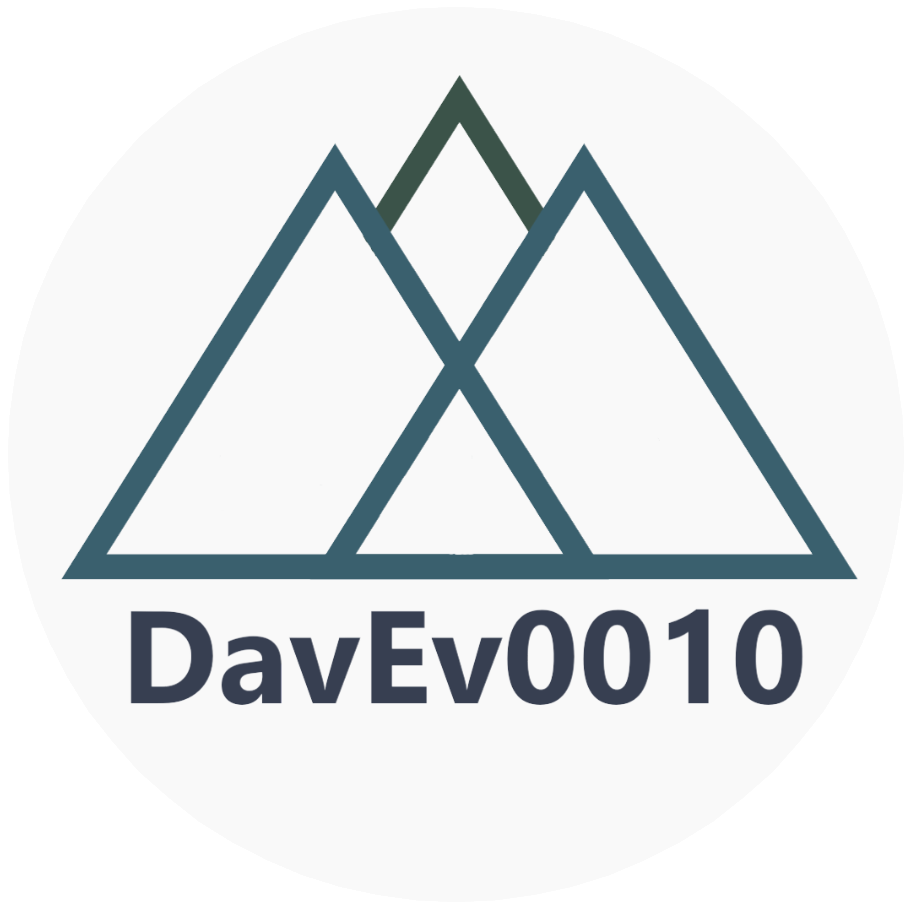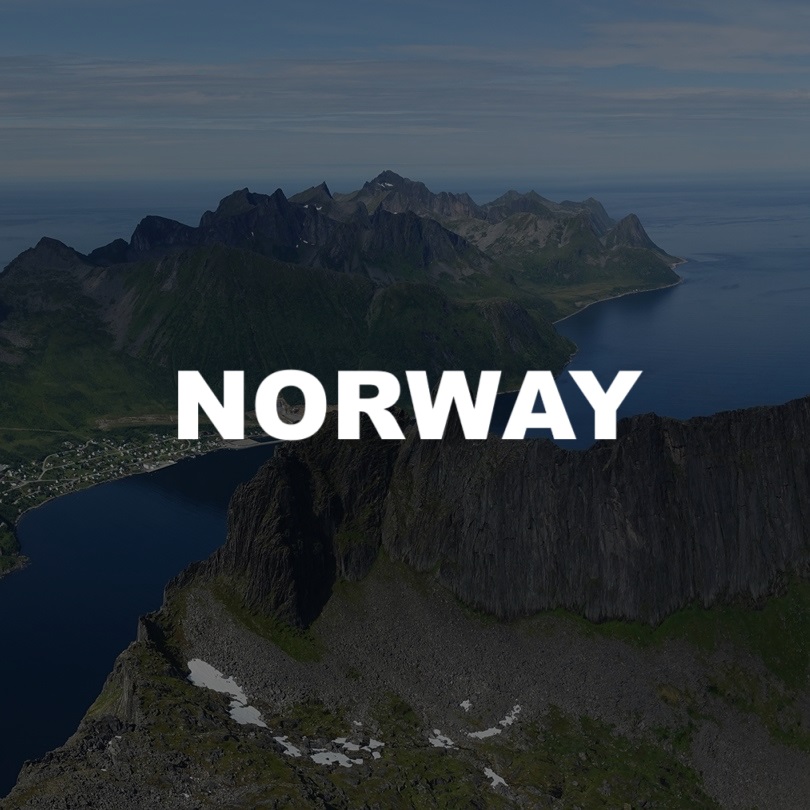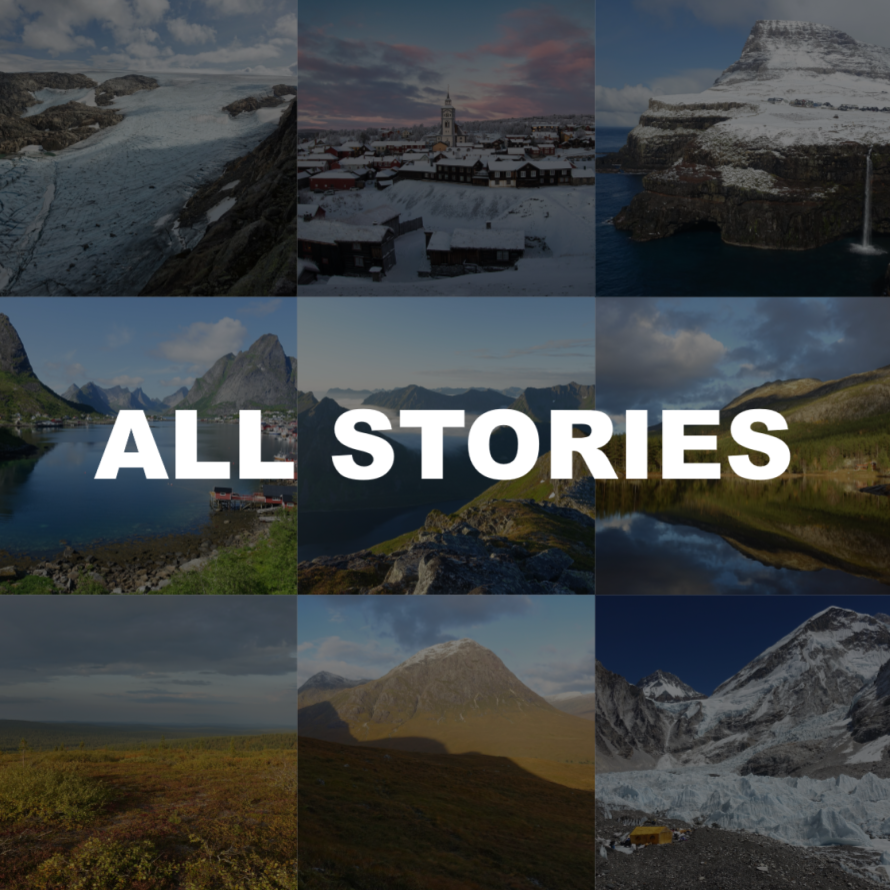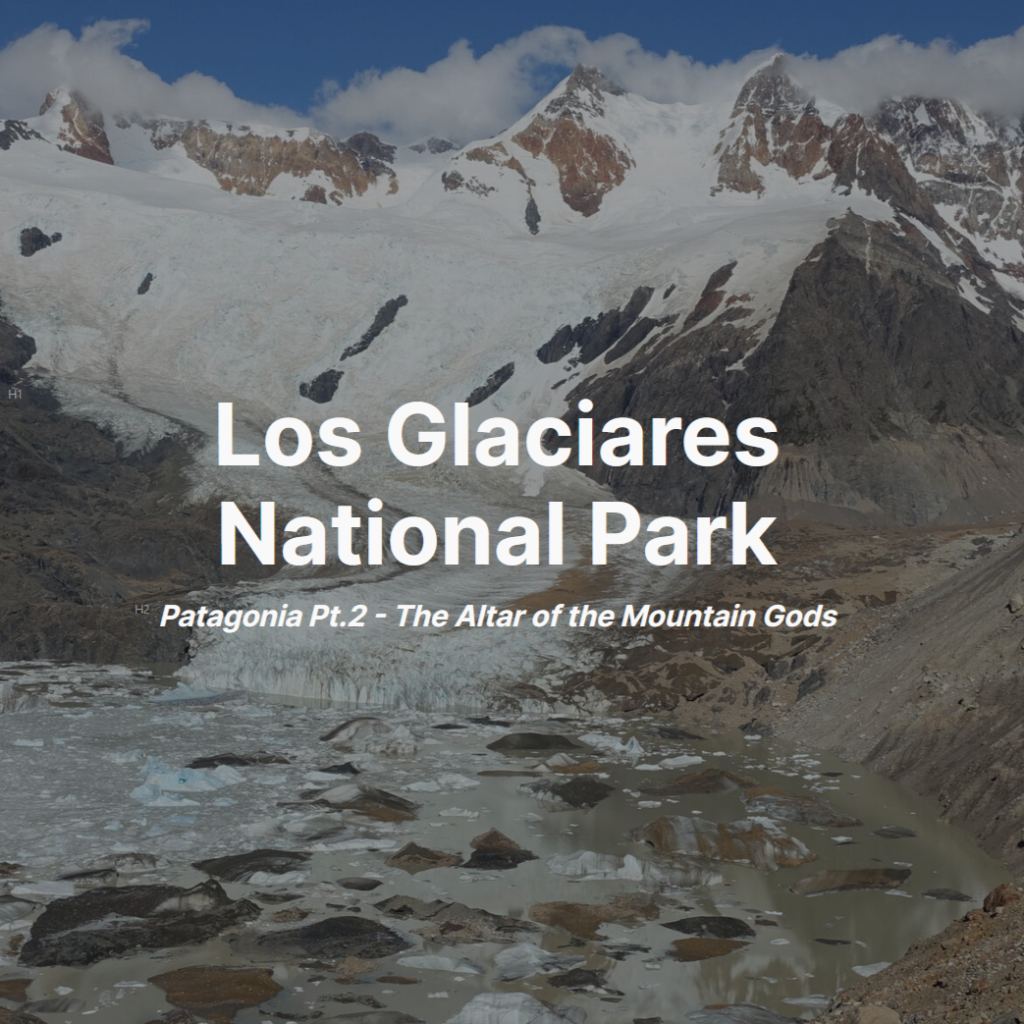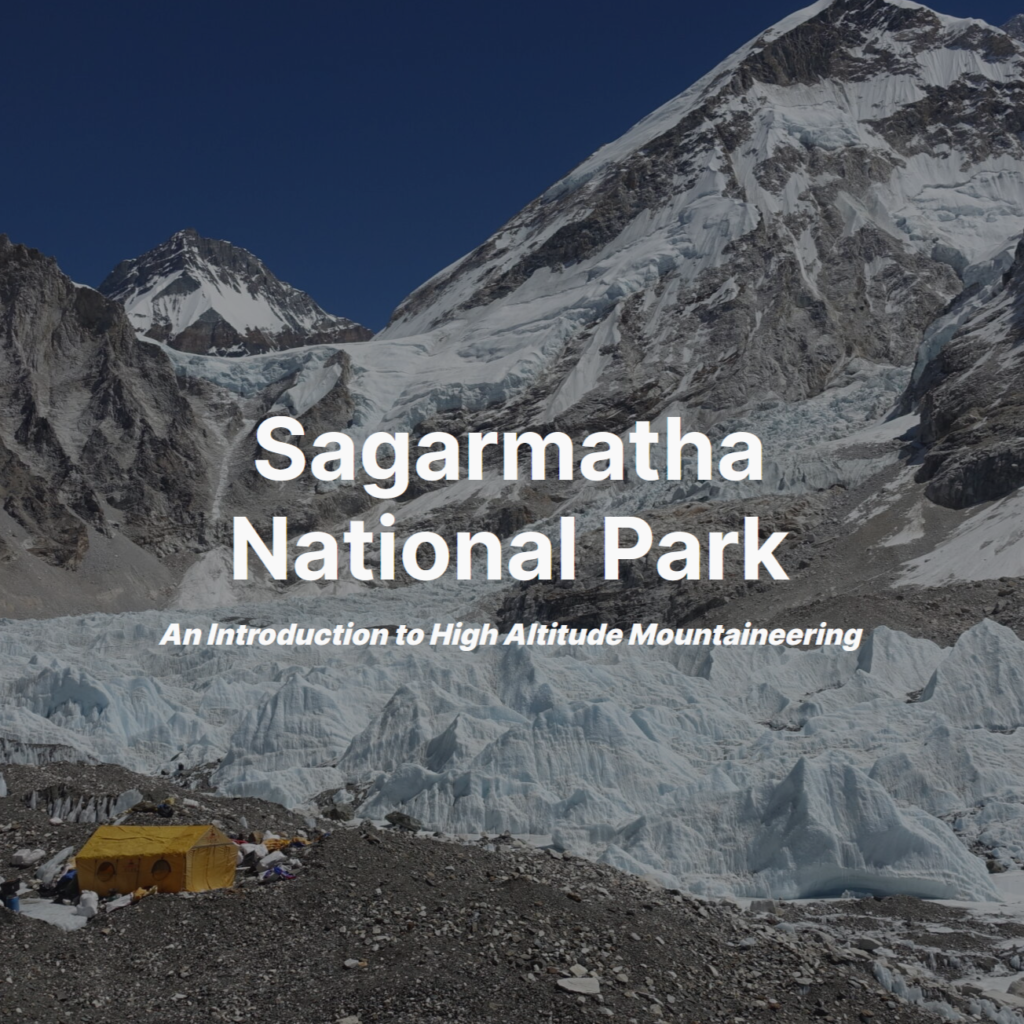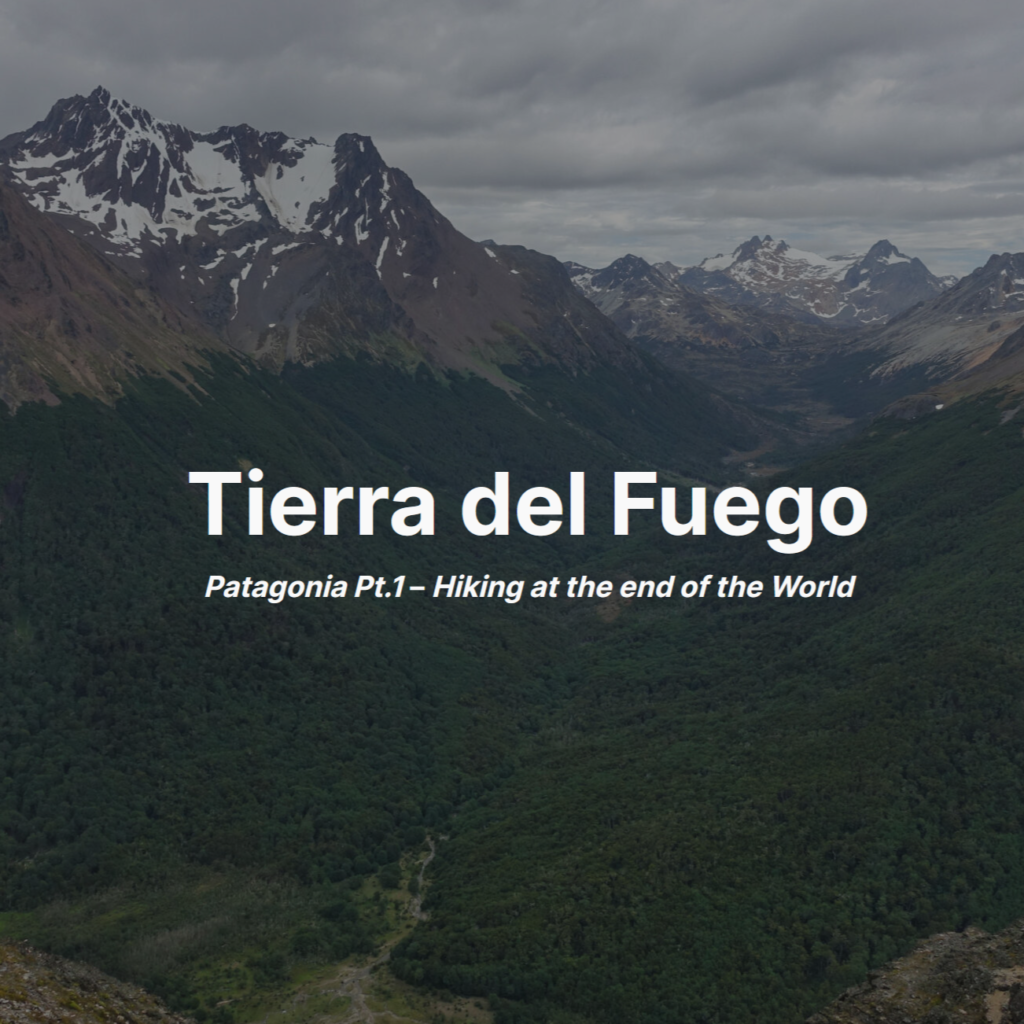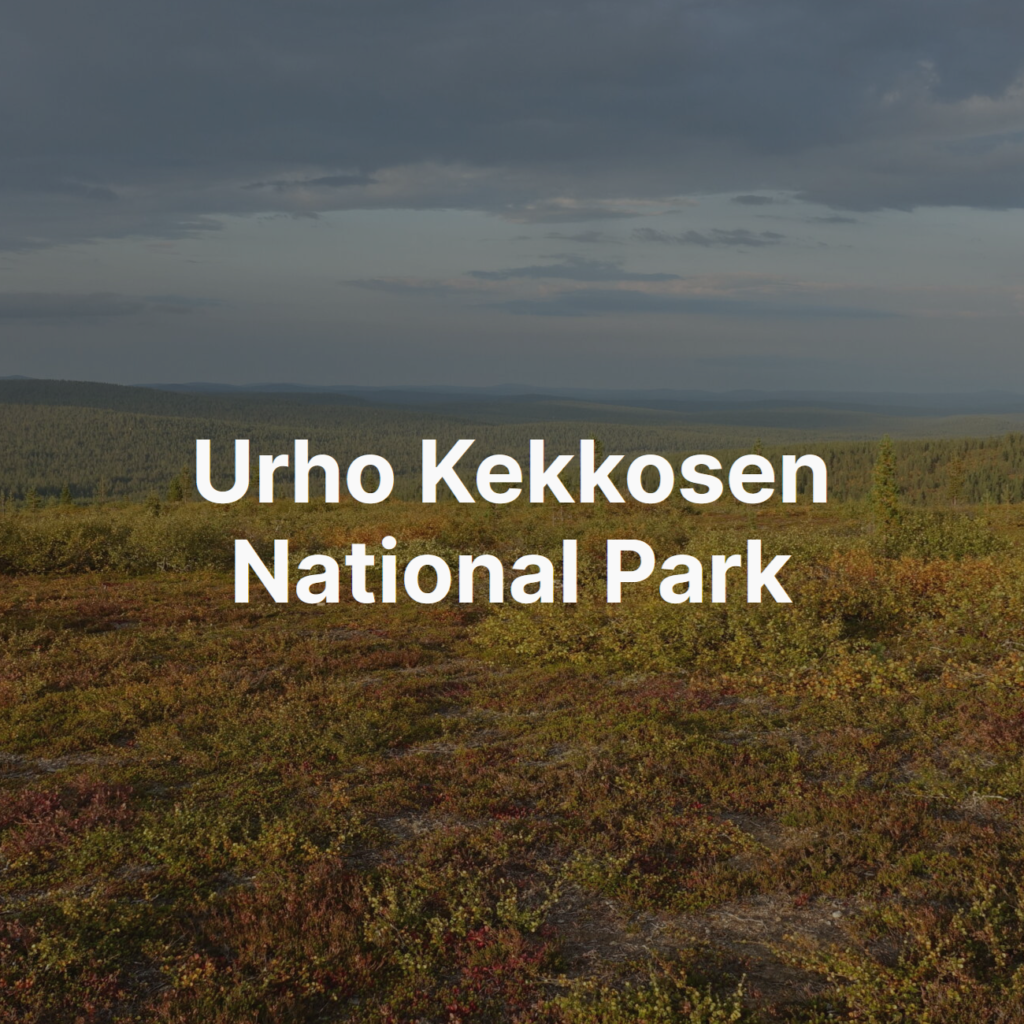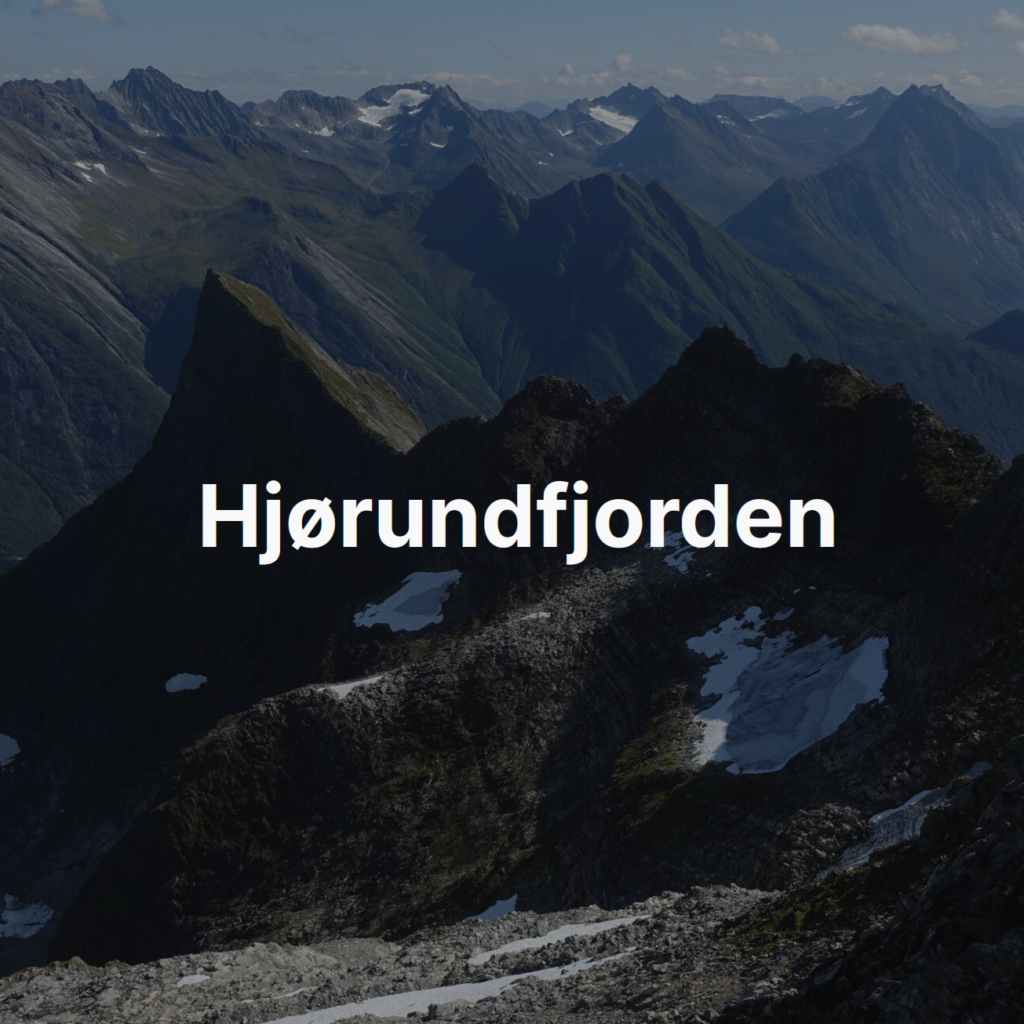
Tinnsjå
An introduction to Paddling Expeditions
Archive Trip
Trip Overview
30 August – 3 September 2021
Autumn 2021, I had the opportunity to move to my ancestral hometown in Norway to further my outdoor leadership skills through a programme with the University of South Eastern Norway. I was approaching from a very different angle to most, particularly in the international camp. Most of my peers were from a youth education background and this was clearly the direction the programme was taking. In contrast, I was approaching from a leader-amongst-peers direction (The Mountaineers). This clash occasionally created friction, but I think almost everyone had some excellent take-aways from it.
The autumnal programme was split into four trips: canoing, hiking, sailing, and a mixed trip.
Welcome day at Gygrestolen
Soon after arrival in Telemark, it was time for the first trip – a five-day paddling excursion! We were to spend three days practicing basic handling and flatwater skills, starting at the southern end of Damvatn before a portage to arguably Norway’s most famous lake: Tinnsjå. The final two days would be spent in whitewater from Tinnoset to Årlifoss.
For this trip, internationals were mixed with Nordics and we were split into groups of about twelve, each with an instructor. Because this was the first trip and there were no real prerequisits to join the programme, much of the point was to simply ensure that everyone was on the same page with basic camping skills. The programme was largely dictated by the university and our planning was confined to meal organisation and ensuring that all gear was accounted for. Weather for the trip could not have been more favourable. Calm, sunny skies and temperatures in the 25-30C range were absolutely perfect for a week out on the water!
Flatwater
Monday, 30 August – Wednesday 1 September
Monday morning we were shuttled to the southern end of Damvatn where we picked up our canoes. After the considerable hassle of unloading and launching we were sent off to figure things out for ourselves. Paddling a canoe on flatwater is not at all difficult, but properly coordinating with a (relative) stranger to maintain a steady course can be…
After a pleasant lunch in the sun, it was time for an activity I was not enthused for: learning to rescue a capsized canoe in calm water. Fortunately, it was a hot day so a bit of swimming was a little more appealing than it otherwise may have been. I will admit that I almost enjoyed it! Almost.
Setting up the first camp was not the most organised of affairs. I had wisely volunteered to get my cooking out of the way on the first night, so I could sit back and enoy the mess unfolding in front me. Additionally, since I was cooking on the first night, I didn’t need to worry about carrying food around for the rest of the week!
The first camp
Tuesday was dedicated to learning and practicing more advanced paddling strokes – primarily ones that would be of importance on the last two days in the whitewater. Because we had an odd number, we were also able to rotate through practicing solo-paddling.
In the evening, we found a landing with pleasant views of Blefjell. We were ready to settle into camp, but our instructor had other ideas. He decided that we should head back out for one more paddle and a quick walk. No one was impressed. It wasn’t the suggestion that was the problem, but rather the way it was handled. After dinner, he filled us in on his reasoning. He wanted everyone to be prepared to push themselves when necessary on later trips. I can understand the basic idea, but I would counter that pushing to maintain a schedule is a dangerous game. It is better to plan in such a way that falling slightly behind is possible because pushing through fatigue can easily lead to mistakes and/or injury. In this case, no one was in any danger and no one was even particularly fatigued (I think). The way it was handled was an excellent example of poor leadership though as the lack of communication, particularly when going directly against the communal concensous, led to considerable frustration.
Evening and morning views from the second camp
The next morning, we needed to take the canoes out of their natural habitat and on a portage from Tjågevatn to Tinnsjå. Our campsite put us in a prime position, immediately at the base of the track. Ahead of us was a roughly 200m climb on rocky tril and with the occasional fallen tree to contend with – not ideal when carrying a canoe! Since we were the first group through, the first of us backtracked to clear some of the downed trees. After, most enjoyed a quick swim in the sun over lunch.
I don’t think this is where canoes belong
Tinnsjå is arguably Norway’s most famous lake – featuring prominently in the Second World War and the race for the atomic bomb. At the north end of the lake, Rjukan hosted the world’s first plant to mass-produce heavy-water. This material was thought to be key to the bomb, though most now consider it to have been a dead-end. In 1944 the Norwegian Resistance sank ferry SF Hydro, which was reported to be carrying a shipment of heavy water back to Germany. This action is widely celebrated, but in reality it had minimal to no actual impact and resulted in considerable innocent casualties.
In the afternoon we paddled down the lake and established camp outside Tinnoset. The final task of the day was to practice whitewater rescue skills. This might have been alright in the warm afternoon sun. Doing it after the sun had gone down was definitely not fun. Rescue skills involved throwing rescue lines, learning how to position to minimise risk when being swept downstream by whitewater, and both ‘rolling’ to safety and catching rescue lines. This exercise meant a considerable amount of time spent standing around in the dusk after taking a dip in the cold river.
The southern end of Tinnsjå, from Tinnoset dam
Whitewater
Thursday, 2 September – Friday, 3 September
After waiting for our assigned timeslot the next morning, we launched the canoes in the river on the other side of Tinnoset dam. It was time to start the whitewater! I can’t say I was massively enthused, whitewater meant a considerable increase in the chances of taking an unexpected swim – something I strongly preferred to avoid, doubly so when carrying luggage. Fortunately, my first paddling partner of the day was very stable in the canoe. We actually got on very well, communicated effectively, and had a very enjoyable afternoon.
In the evening all groups made camp on an island splitting the river and creating some particularly interesting whitewater. As dusk approached, everyone had the opportunity to get as many runs in as the wanted.
The weather took a turn for the worse on the final day. It was hardly terrible though, and given how lucky we had been, there was little room for complaints.
The final day consisted of a lazy start followed by making our way down the river to our extraction point. Unfortunately, the largely positive experience was quickly turned on its head. We started the day with the simple exercise of holding the canoe steady, pointed upstream in a section of whitewater. When it was our turn, my partner that morning and I pretty much instantly capsized. After swimming to shore, we reviewed what had happened. Firstly, he had pushed us out before I was fully ready – we both should have communicated better there. Secondly, we were needlessly ambitious in where we positioned the canoe, further upstream than everyone else, in a much stronger section of whitewater. We had the right attitude, and decided to take the lesson onboard and immediately have another go. Unfortunately, the result of the second attempt was the same as the first. The bottom line is that I don’t think we were very compatible partners… At that point we decided that we were done for the morning….
After packing all the canoes back onto the trailers, we loaded up for the short bus home. A quick ‘refresher’ shower followed by a trip to the shops, food, and then a ‘proper’ shower closed out the week.
Afterwards
It was a nice trip, very different from my normal. I have a few personal take-aways:
- I was glad to have the option of dragging my bivvy bag away from the rest of the group in the evening. I was also thankful to have insect netting on my shelter, unlike almost everyone else….
- I am very glad that we had such amazing weather. Being stuck on the open water in a rain storm is definitely not my idea of a good time.
- I’m not much of a water person. Given the hot temperatures, I didn’t much mind getting wet occasionally during the day. In the evenings, I was rather less keen. And I knew it would be a significant issue for me later in the programme
- I’m not sure how I feel about whitewater. The issues I incountered were largely due to not really being compatible with my partner at the time. It definitely rattled me though and made me rather less keen for paddling in the future.
As might be guessed from the distinct departure in photoraphy style, most of these photos were suppplied by my colleagues.
Footnote
All photos are exclusive property and may not be copied, downloaded, reproduced, manipulated or used in any way without permission of the photographer.
